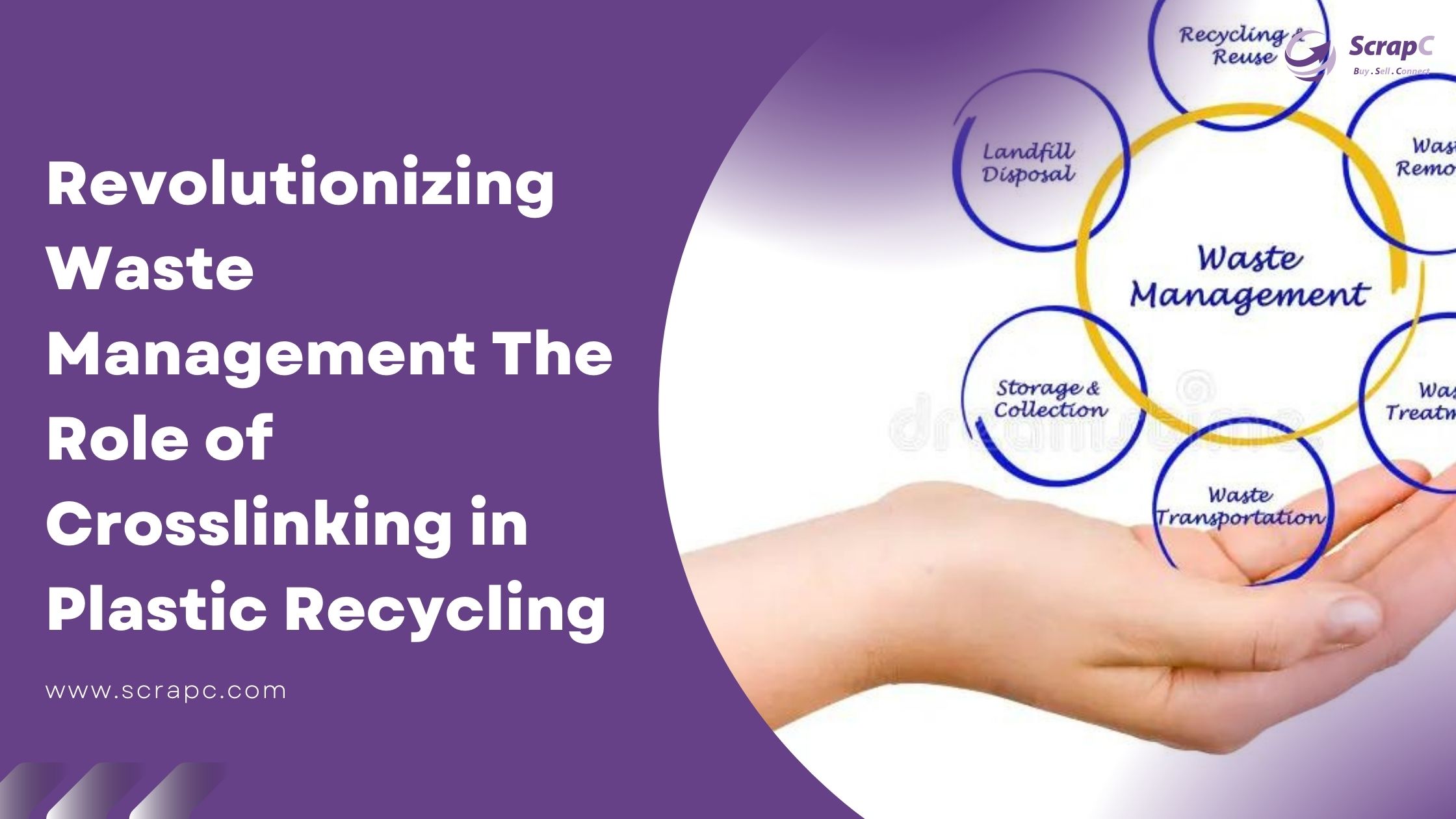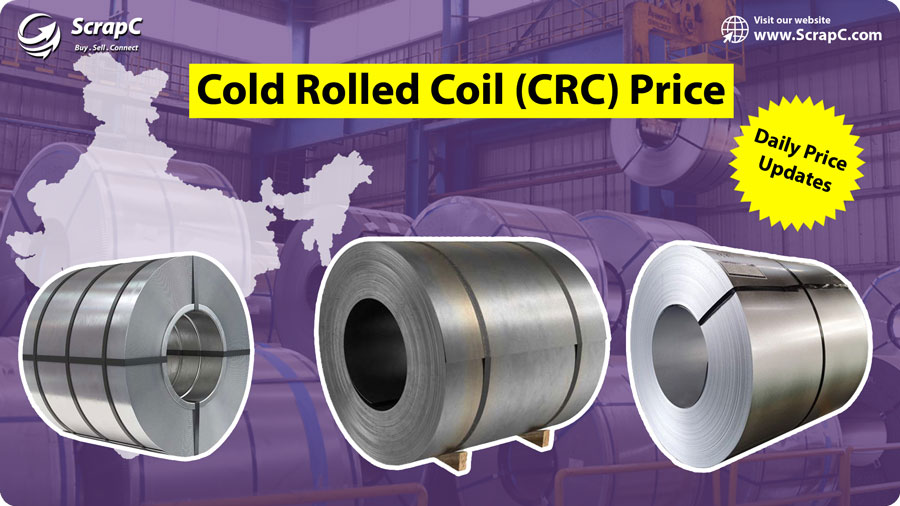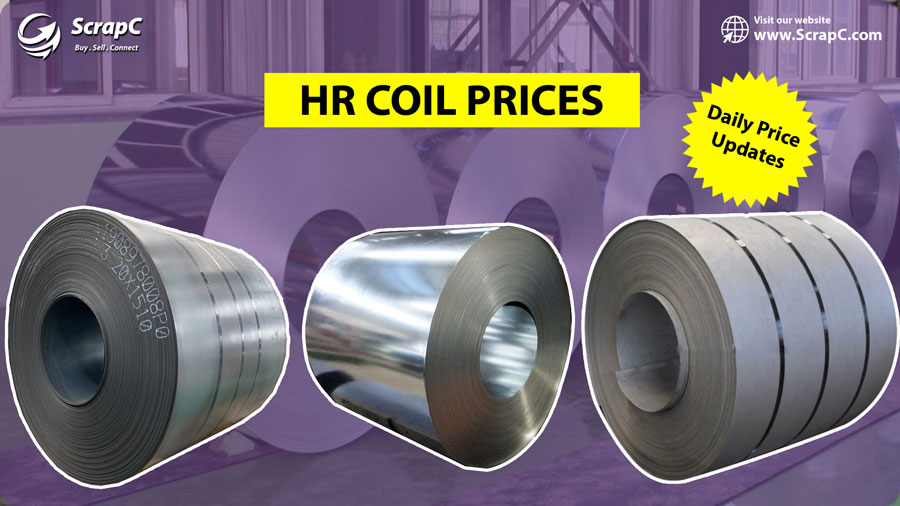Plastic waste has become a significant environmental concern in recent years due to its detrimental effects on ecosystems and human health. Plastic Recycling
To combat this issue, various Plastic Recycling methods have been developed, and one promising approach is crosslinking.
In this article, we will explore the concept of plastic recycling through crosslinking and how it can effectively manage mixed waste.
Introduction
Plastic waste pollution has reached alarming levels globally. The improper disposal and accumulation of plastics in landfills and oceans pose a significant threat to our environment. To mitigate this crisis, recycling has emerged as a key solution. Among various recycling methods, crosslinking offers a promising approach to managing mixed plastic waste effectively.
Understanding the Plastic Recycling Challenge
Plastics come in different forms and compositions, making recycling a complex process. Sorting and separating mixed plastic waste is a significant challenge for traditional recycling methods. Often, different types of plastics are combined in a single waste stream, further complicating the recycling process. Crosslinking can address this issue by transforming mixed plastics into a more manageable and valuable resource.
What is Crosslinking?
Crosslinking is a chemical process that alters the properties of polymers by forming bonds between polymer chains. In the context of plastic recycling, crosslinking involves creating strong, three-dimensional networks within plastic materials. This crosslinking process imparts enhanced durability, heat resistance, and mechanical strength to the plastic, making it suitable for various applications.
The Process of Crosslinking in Plastic Recycling
Crosslinking can be achieved through various methods such as radiation, heat, or chemical reactions. One common technique is using high-energy radiation, such as gamma rays or electron beams, to induce crosslinking in plastics. This radiation causes polymer chains to link together, transforming the plastic into a more stable and robust material.
Advantages of Crosslinking for Managing Mixed Waste
1. Efficient Processing: Crosslinking enables the recycling of mixed plastic waste without the need for extensive sorting and separation.
2. Enhanced Properties: Crosslinked plastics exhibit improved strength, durability, and resistance to heat, chemicals, and UV radiation.
3. Versatile Applications: Crosslinked plastics can be utilized in various industries, including automotive, construction, electronics, and packaging.
4. Reduced Environmental Impact: By recycling mixed plastic waste through crosslinking, the amount of plastic sent to landfills and oceans is significantly reduced, minimizing environmental pollution.
Applications of Crosslinked Plastics
Crosslinked plastics find applications across a wide range of industries:
1. Automotive: Crosslinked plastic components are used in car interiors, wiring harnesses, fuel systems, and engine compartments.
2. Construction: Crosslinked plastics are utilized in pipes, insulation, flooring, roofing, and other building materials due to their enhanced durability and resistance to extreme conditions.
3. Electronics: Crosslinked plastics are employed in cable insulation, connectors, circuit boards, and other electronic components for their superior electrical properties and reliability.
4. Packaging: Crosslinked plastic films and containers provide excellent barrier properties, extending the shelf life of perishable goods and reducing food waste.
Challenges and Limitations of Crosslinking in Plastic Recycling
While crosslinking offers significant benefits, there are challenges and limitations to consider:
1. Energy Consumption: The crosslinking process may require substantial energy inputs, particularly when using radiation or heat.
2. Compatibility Issues: Not all types of plastics are suitable for crosslinking, limiting the range of recyclable materials.
3. Contamination: Contaminants present in mixed plastic waste, such as additives and impurities, can affect the crosslinking process and the quality of the recycled plastic.
Future Outlook and Potential Innovations
As plastic recycling technologies continue to advance, researchers are exploring innovative approaches to enhance the efficiency and sustainability of crosslinking processes. Some areas of potential development include:
1. Catalytic Crosslinking: Exploring catalysts that facilitate the crosslinking of a broader range of plastics while reducing energy requirements.
2. Enhanced Sorting Technologies: Developing advanced sorting systems to improve the separation of mixed plastic waste, enabling more effective crosslinking.
3. Circular Economy Initiatives: Promoting the adoption of crosslinked plastics in industries to drive demand for recycled materials and create a more sustainable plastic economy.
Conclusion
Crosslinking presents a promising approach to plastic recycling, particularly for managing mixed waste streams. By transforming mixed plastics into robust and versatile materials, crosslinking offers a solution to the challenges associated with traditional recycling methods. As we strive for a more sustainable future, crosslinking can play a vital role in reducing plastic waste and preserving our environment.






